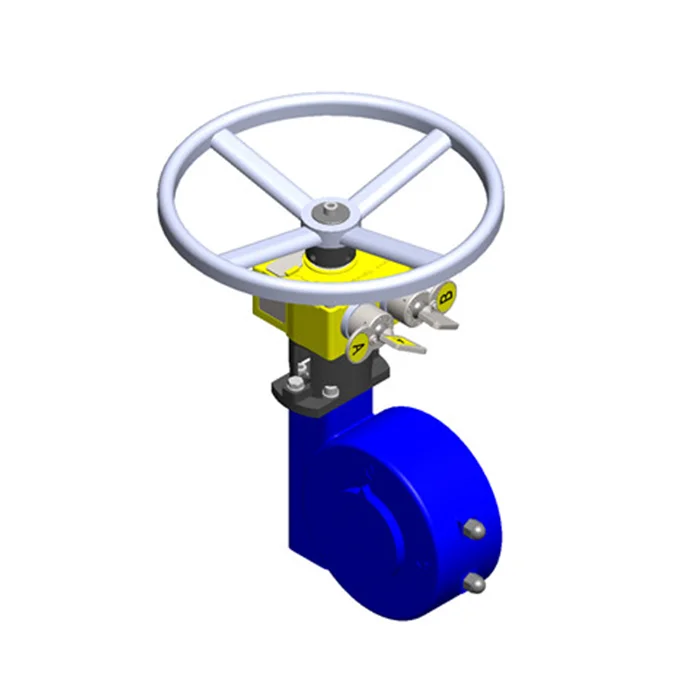Valve interlock devices play a vital role in ensuring the safe and efficient operation of industrial processes. These interlocks are designed to prevent accidental or unauthorized operation of the valve, which could result in equipment damage, process interruption, or even a safety hazard. To maintain the reliability and effectiveness of the valve interlock unit, regular maintenance, and servicing are essential. In this article, we'll discuss the importance of valve interlock maintenance and provide some tips for doing it right.

First and foremost, regular inspections are a fundamental aspect of valve interlock maintenance. Inspections should be carried out at predetermined intervals to identify any signs of wear, damage, or malfunction. During these inspections, it is important to check for loose connections, worn components, and any signs of corrosion or contamination. Any problems detected should be addressed immediately to prevent further damage or malfunction.
Besides inspection, lubrication is another important aspect of valve interlock maintenance. Proper lubrication ensures smooth and efficient operation of the interlock mechanism. It helps reduce friction, wear, and the risk of seizing or sticking. The type and frequency of lubrication depend on the specific interlock design and the manufacturer's recommendations. It's important to use the correct lubricant and apply it in moderation to avoid over-lubricating, which can attract dirt and debris.
Also, cleaning is an important part of valve interlock maintenance. Over time, dust, dirt, and other contaminants can build up on interlock components, affecting their performance. Regular cleaning will help remove these contaminants and prevent them from interfering with the operation of the interlock. When cleaning, it is important to use proper cleaners and methods that are compatible with the interlock material. Avoid harsh chemicals or abrasive materials that could cause damage.
Calibration is another important aspect of valve interlock maintenance. Proper calibration ensures that the interlock accurately detects and responds to the position of the valve. Over time, the calibration of interlocks can drift due to factors such as temperature changes or mechanical wear. To maintain the accuracy of the interlock, periodic calibration checks and adjustments are required. It is recommended to follow the manufacturer's guidelines or consult a qualified technician for proper calibration procedures.
In addition to these routine maintenance tasks, it is also important to address any issues or malfunctions in a timely manner. If the valve interlock unit is not functioning properly, it should be discontinued until the problem is resolved. Continuing to operate with an interlock failure could compromise safety and result in equipment damage.
Finally, proper training and education are critical to effectively maintaining valve interlock units. Operators and maintenance personnel should be familiar with the operation of interlocks, maintenance requirements, and troubleshooting procedures. Regular training sessions can help ensure that everyone involved understands the importance of proper maintenance and knows how to perform it properly.
In summary, valve interlock maintenance is critical to ensuring the safe and efficient operation of industrial processes. Regular inspections, lubrication, cleaning, calibration and prompt resolution of problems are all important aspects of proper maintenance. By following these guidelines and investing in regular maintenance, industries can maximize the reliability and effectiveness of valve interlock units, thereby minimizing the risk of accidents, outages, and costly repairs.
https://www.nudango.com/Valve-interlock-maintenance-and-maintenance-guide.html








